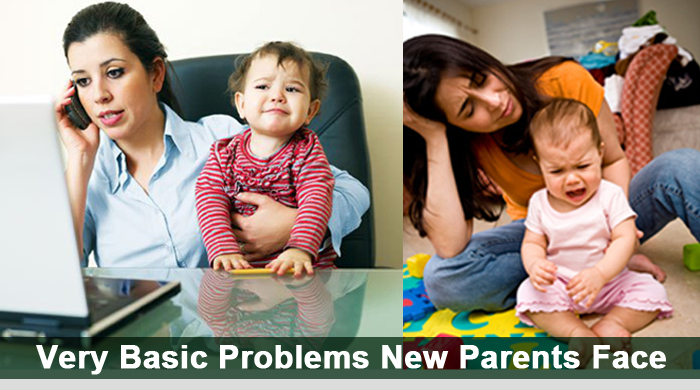Blog

Ms. Mimi is starting a series of blogs to answer some of the very basic problems new parents face.
Soothe a Crying Baby the Montessori Way
Question from Her Pain is My Pain:
Hello, Ms. Mimi.
I am a new parent and I am at a loss when my 8 month old cries over everything. Some of my friends and family have said to pick her up every time while others advise that I let her cry it out. Could it be that she is always hungry? I simply don’t know what to do. I feel like horrible for not knowing how to comfort my own child. Please help!
Dear Her Pain is My Pain,
Great news!! You are not alone. Children are complex even in infancy, and when their only means of communication is crying, it can become overwhelming to both the child and the parent, but fret-not, there is light at the end of the tunnel.
Many parents believe that when a child cries it must mean they are hungry or in physical discomfort or pain, but that is not always the case. Babies can cry for many reasons. Maybe they’re scared, cold, hot, worried, bored, lonely, or they may simply be experiencing a sad or bad memory.
So how do we soothe a crying baby the Montessori way?
Dr. Maria Montessori advise that we “follow the child“, in which case, it is important to spend time with your baby to learn what is being said with each cry. Only with that will you understand how to meet your child’s needs.
In The Joyful Child, Michael Olaf states that a crying infant rarely requires food. In fact, he wonders if babies were less soothed with food if that would alleviate the obesity problems we currently face. He also states that it is the responsibility of attentive parents and caregivers to understand the cries of an infant so to better understand their sense of communication.
Here are a few guidelines to help with the process, as it will take some time to learn to differentiate the cries.
– First, speak in a calm and gentle voice, reassuring her that you are present.
– If that doesn’t work, make eye contact so to redirect her focus onto you.
– And if those don’t work, then check for physical pain or discomfort i.e. wet diaper, hungry, the need to be re positioned etc.
All children are different, and all children will have their own distinct cries to express their needs. Be patient and be present. You will learn to decode the cries and know that not all situations require immediate adult intervention. It is important to watch for learning opportunities, and while it may be a bit irritating to the child, the space to work through their discomfort and gain independence and confidence in oneself is critical in their development.
Ms Mimi Ha
Infant Montessori Lead teacher
Mimi Ha, winner of the 2013 Milpitas Post Best Teacher of the Year and Best Infant Program awards, has been working with young children for nearly a decade. She has a Bachelor’s of Arts degree in Communicative Disorders and Sciences, Degree in Sociology and Liberal Arts. Ms. Mimi worked with various leading non-profit organizations that support children with Autism. Ms. Mimi believes that children are the key to a brighter world and through them we can learn a great deal about ourselves.